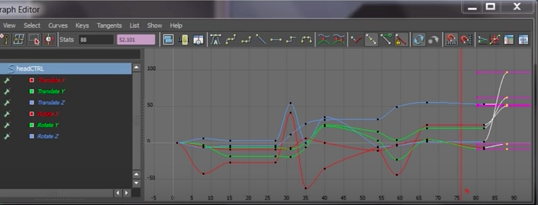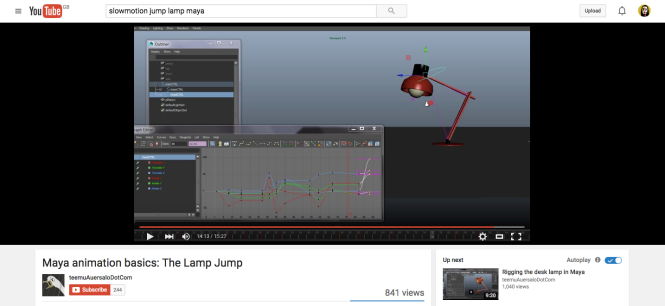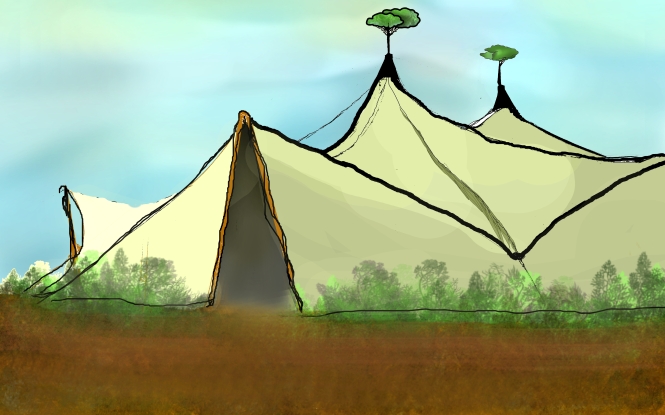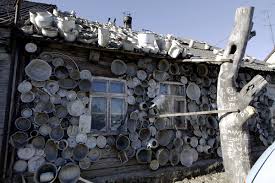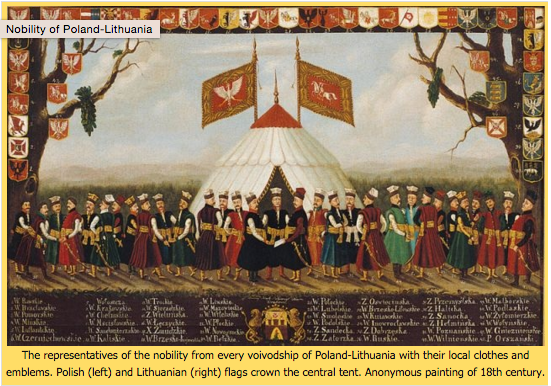As a group we decided to focus on the green side of Kaunas. Through this direction I looked at various as aspects of how the project/concept could take shape. With some rough brainstorming I thought of campers, nature enthusiasts, tree huggers, hippies anything. Due to my keen interest in tentwork, I decided to look at various types of tents on the internet.
This slideshow requires JavaScript.
What I found particularly interesting is the scale of certain tents which are put up around the world as well at’s complexity. From what I saw bubble tent’s are designed to focus on the sense of sight. They try and make you more aware of your surroundings incorporating the camper into his/her “primitive” environment.
When I came across the castle tent picture taken from the internet I was fascinated with the illusion it created. A castle is strong barricaded place. That tent had the geometry of one’s but not it’s thick stone walls. A castle has power and sovereign over lands around it, however the castle tent is a tent and could come down and be put up somewhere else.
There are various types of tent’s used throughout the world. Tent’s are distributed in many sections, not only camping. In time’s of war were refugees flee tent’s are put up for them.
“A tent is a shelter consisting of sheets of fabric or other materials draped over, attached to a frame of poles or attached to a supporting rope. While smaller tents may be free-standing or attached to the ground, large tents are usually anchored using guy ropes tied to stakes or tent pegs. ” (1)
“A house is a building that functions as a home, ranging from simple dwellings such as rudimentary huts of nomadic tribes and the improvised shacks inshantytowns to complex, fixed structures of wood, brick, marble or other materials containing plumbing, ventilation and electrical systems.[1][2] Most conventional modern houses in Western cultures will contain a bedroom, bathroom, kitchen or cooking area, and a living room.” (2)
Wikipedia’s definition of a tent and a house both return to something in common.
“First used as portable homes by nomadic peoples, tents are now more often used for recreational camping and temporary shelters.” (1)
So… I did some research on nomadic tribe’s and their connection with nature.
(1) https://en.wikipedia.org/wiki/Tent
(2) https://en.wikipedia.org/wiki/House
